Roosevelt standing with native hunters over a dead lion during a safari in 1910.
Photo credit: Library of Congress – source
………………………………………………………………………………………………………
The Making of the Brute
From the UK publication – The Vegetarian Messenger and Health Review
– May 1910 – by – Henry S. Salt
The Roosevelt press agents say that the long hunt is over, and that it “has been prolific in scientific results.” He and his promising son have killed some 500 large animals, elephants, lions, hippopotami, and other such like. It has evidently been fun for the slaughters, if one can judge from the bloody and brutal photographs of the royal butchers that have been disfiguring the pages of Scribner’s Magazine for several months. Where the scientific value of lion and hippopotamus hides comes in no one but the illustrious ones themselves probably know. – American Paper. (Communicated by Robt. J. B. Osbourne, M. D.)
(To Theodore Roosevelt)
Hail, blustering statesman, butcher of big game,
Less president than prince in pride of will,
Whose pastime is the princely sport, to kill,
Whose murderous feats unnumbered fools acclaim!
On all things big thy braggart thoughts are bent—
To strip the lordliest lion of his skin,
The bulkiest trophies of the chase to win—
Big bag, big story, big advertisement!
Roosevelt, for him whose callous heart is blind
To human kinship with the lower kind—
Seen but as “game” for man to persecute—
A line there is, that from some poet fell,
With inner meaning thou should’st ponder well:—
Remember, He who made thee made the brute!
Our website – The Henry S. Salt Archive.
Also posted at – http://www.henrysalt.co.uk/bibliography/verses/the-making-of-the-brute
………………………………………………………………………………………………………
Henry S. Salt was Commenting on the Mass Murder of African Animals by Two Americans!
Roosevelt standing next to the elephant he shot on safari – source
These mass killings took place 105 years ago, from April 21, 1909 through to early March of 1910.
NO American dentists were involved!
This was the work of an ex-President & his son.
26. Theodore Roosevelt (1901-1909)
27. William Howard Taft (1909-1913)
28. Woodrow Wilson (1913-1921)
29. Warren G. Harding (1921-1923)
30. Calvin Coolidge (1923-1929)
31. Herbert Hoover (1929-1933)
32. Franklin D. Roosevelt (1933-1945)
33. Harry S Truman (1945-1953)
34. Dwight D. Eisenhower (1953-1961)
35. John F. Kennedy (1961-1963)
36. Lyndon B. Johnson (1963-1969)
37. Richard Nixon (1969-1974)
38. Gerald Ford (1974-1977)
39. Jimmy Carter (1977-1981)
40. Ronald Reagan (1981-1989)
41. George Bush (1989-1993)
42. Bill Clinton (1993-2001)
43. George W. Bush (2001-2009)
44. Barack Obama (2009-present)
44 – 26 = 18 presidents ago – ……and all in the name of science, education etc.
………………………………………………………………………………………………………
About The Killers
In 1909, ex-President Theodore ‘Teddy’ Roosevelt went on a personal ‘safari’ to eastern Africa.
The list of killings is positively massive. More than 500 animals were shot by him and his son, Kermit Roosevelt.

- Roosevelt and his son, Kermit, sitting on the top of the buffalo they shot on safari
The larger animals shot by Theodore and Kermit Roosevelt are listed on pages 457 to 459 (duplicated below) of his 1910 book , African Game Trails; An Account of the African Wanderings of an American Hunter-Naturalist. The book online.
The total is 512, of which 43 are birds. The number of large animals killed, was 17 lion, 3 leopard, 7 cheetah, 9 hyena, 11 elephant, 10 buffalo, 11 (now very rare) black rhino and 9 White rhino. Most of the 469 larger mammals included 37 species and subspecies of antelopes.
……They employed 250 porters and guides. It is recorded that they munched on the flesh of 262 of the animals.
Tons of salted animals and their skins were shipped to Washington, D.C.; the quantity took years to mount them all, and the Smithsonian shared many duplicate animals with other museums.
‘Justifying’ the killings, Roosevelt said,
“I can be condemned only if the existence of the National Museum, the American Museum of Natural History, and all similar zoological institutions are to be condemned.”
1909 Killing Expedition Members
Newland & Tarlton, outfitters
R.J. Cunninghame, leader
Leslie J. Tarlton, adjutant
Edmund Heller, zoologist, age 34
J. Alden Loring, zoologist, age 38
Edgar A. Means, physician, age 52
Kermit Roosevelt, photographer, age 21
Theodore Roosevelt, bwana, age 50
………………………………………………………………………………………………………
The Death Toll Included –
• 17 lions
• 29 zebras
• 27 gazelles
• 9 black and white monkeys
• 8 hippopotami
• 2 ostriches
• A pelican
• 4 crocodiles
Omitted from the list are a bevy of other birds.
Theodore Roosevelt – “TR” – presents the 512-animal tally for himself and his son, Kermit Roosevelt – “KR” in the table:
Teddy and Kermit’s massive tally
……11 (now very rare) black rhino and 9 White rhino……
source
………………………………………………………………………………………………………
The Trip
The party set sail from New York City on the steamer Hamburg on March 23, 1909, shortly after the end of Roosevelt’s presidency.
They disembarked in Mombasa, British East Africa (now Kenya), traveled to the Belgian Congo (now Democratic Republic of the Congo) before following the Nile river to Khartoum in modern Sudan.
The money for the trip came from the industrialist Andrew Carnegie and from ‘advances’ from publishers to Roosevelt, for books which he proposed to write about the trip.
$50,000 from Smithsonian Museum appeal
$25,000 from Theodore Roosevelt
$25,000 from Andrew Carnegie
2015 equivalent = approx. $2 million dollars
Roosevelt’s party killed animals for the Smithsonian Institution and for the American Museum of Natural History in New York.
The ex-president records in his books that he:
“thoroughly enjoyed himself”
Roosevelt exclaimed that this was:
“The most noteworthy collection of big animals that has ever come out of Africa…”
………………………………………………………………………………………………………
The remaining animals were no doubt happy to see the Roosevelts leave for Europe!
source
………………………………………………………………………………………………………
……and then – a Nobel Prize!
After the year-long hunt, Roosevelt proceeded to England for the funeral of King Edward VII and then on to Norway to accept the Nobel Peace Prize for his part in ending the Russo-Japanese War. He returned to the U.S. in June, 1910.
………………………………………………………………………………………………………
Deep Contradictions
Wiki – Theodore Roosevelt like many hunters enjoyed hunting, but was also a conservationist. In African Game Trails he condemns:
“game butchery as objectionable as any form of wanton cruelty and barbarity”
– and as a pioneer of wilderness conservation in the USA he fully supported the British Government’s attempts at that time to set aside wilderness areas as game reserves, some of the first on the African continent. He notes (page 17 of the book) that:
“in the creation of the great game reserve through which the Uganda railway runs the British Government has conferred a boon upon mankind”
– , a conservation attitude which Roosevelt helped sow that finally grew and blossomed in the form of the great game parks of East Africa today.
………………………………………………………………………………………………………
Our Projects
The Henry Salt Archive is one of our, almost completed, projects.
The Humanitarian League is our Hong Kong registered charity.
The Ernest Bell Library was conceived in 1934. It is still strong & very active eighty years later – its primary objectives are to: –
-
Collect all of Ernest Bell’s book & non-book works and make them easily accessible to everyone.
-
Collect the literature of vegetarianism and all the other humanitarian movements in which Ernest Bell was so deeply involved.
-
Assist students and scholars in their research.
-
Introduce all aspects of Ernest Bell’s life, including his writings, campaign work, influences and his circle of friends.
-
Undertake our own research into missing aspects of Ernest Bell’s life and work.
We already have more than 300 pieces of Ernest Bell’s own writings.
We are also actively building a collection of examples of promotional material, campaign material, fundraising & marketing activities etc. – related to: –
-
veg(etari)an products.
-
veg(etari)an books & other publications.
-
veg(etari)an organisations.
-
veg(etari)an businesses.
-
animal rights organisations.
-
animal rights publications.
-
humanitarian organisations.
-
humanitarian publications.
-
rambling clubs run by members of the above groups & related publications.
-
the work of Richard St. Barbe Baker & the ‘Men of the Trees’ organization & its many sub-branches.

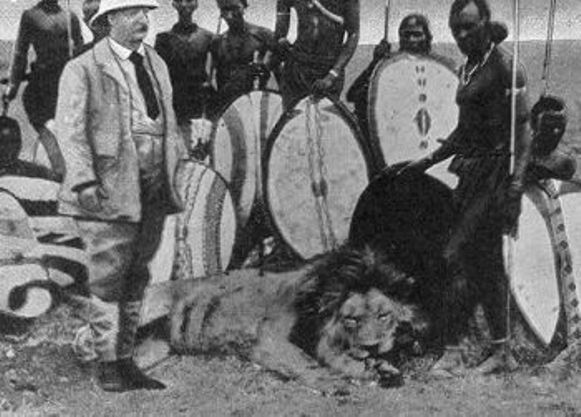
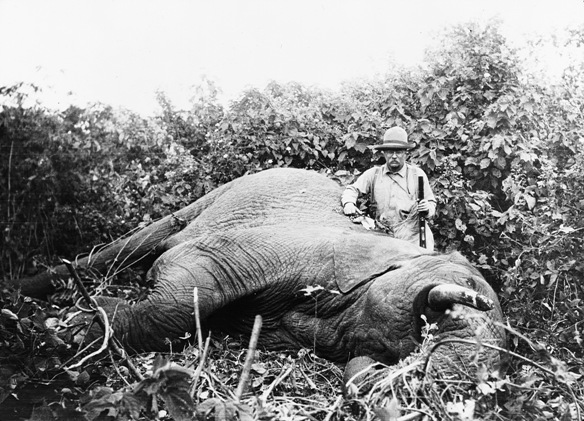
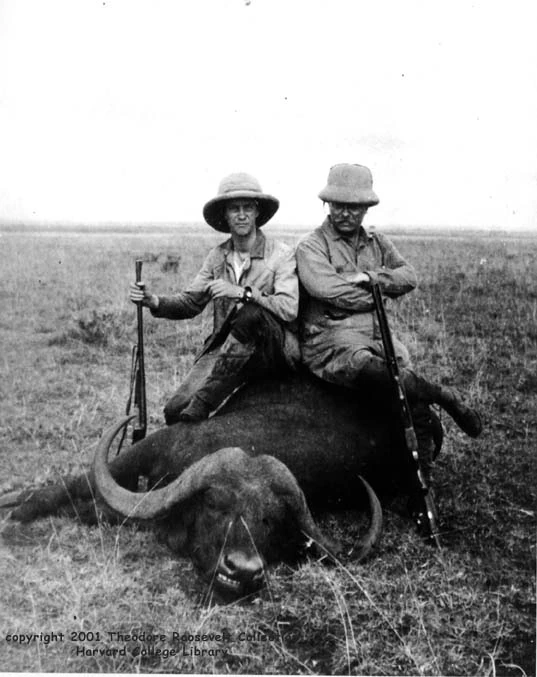

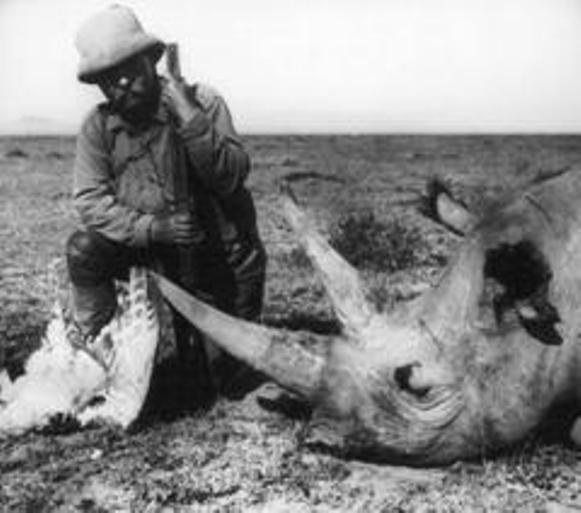
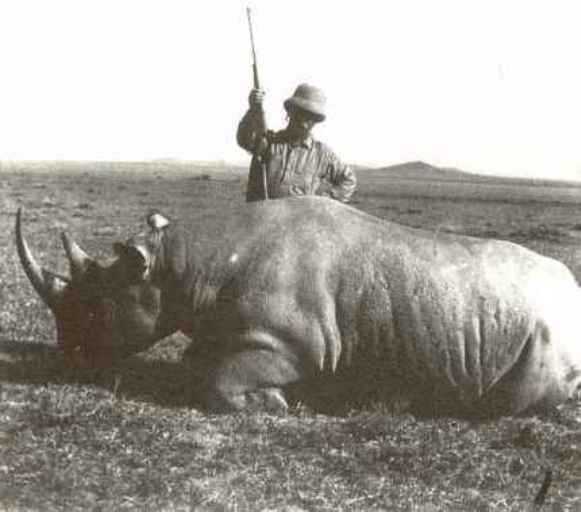

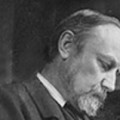

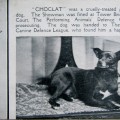
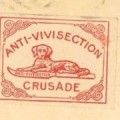
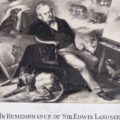
No Comments